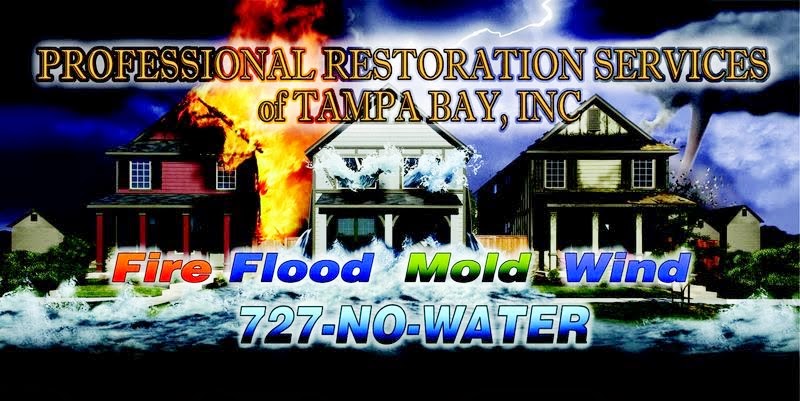Do you know what you are covered for and what damages will be excluded from your coverage? Water damage coverage can get tricky. It would be an ideal world if we bought one policy and it covered everything, however, life is not that simple.
For example, water that backs up through sewers or drains is not covered unless you buy sewer backup coverage separately. Damage from sewer backup would most likely be covered under your flood damage policy. Although, it will be denied if the sewer backup was not caused by a flood in the first place. Insurance companies can deny your water damage claim if you do not file in a timely manner.
You must report a water loss within 14 days to your insurance company or they could deny your claim. The 14 day rule can complicate a situation such as a water leak that you cannot visibly see. Such situations can become highly frustrating and unpredictable for the insured.
Useful information about coverage and exclusions:
- Flood insurance will only apply if either the flood affects two acres of land or it affects two homes, one being yours.
- Your personal contents may not be covered under a standard flood or water damage policy - get the details!
- Know the specifics - if a hot water heater springs a leak, the damage should be covered under your homeowners insurance. However, if the hot water heater springs a leak as a direct result of a flood, that would only be covered if you have flood insurance.
- Mold may not be covered under your homeowners insurance policy. Usually with water damage comes mold damage. Know if your policy excludes mold or not.
You can purchase the coverage for personal belongings but usually there is a limit to how much you can cover. Floods and leaky pipes bursting can damage and ruin valuable items. Keeping a list of your valuable items and their worth will make it easier when it comes time to recover money for your losses.
Valuable items such as artwork, rare books, jewelry, etc. may fall under a different property coverage limit. There may be a maximum coverage of $2,500.00 for such valuables.
Flood Damage Coverage and Water Damage Coverage - What's the Difference?
If water damages your property it will either fall under flood damage or water damage. The question to ask yourself is "Did the water that damaged my home make contact with the ground before or after it entered my home?"
Flood damage: Water that damages your home after it has already made contact with the ground.
Examples of flood damage:
- A river overflowing
- Flooded streets
- Mudslide
- A sewer back up caused by a storm
Water damage: Water that damages your home prior to it making contact with the ground.
Examples of water damage:
- A broken water pipe spews water into your home
- Heavy rain causes your roof to leak
- Rain enters your home through a broken window caused by a storm
Rule of thumb: Flood insurance and water damage coverage offered under your homeowners insurance policy does not mean you are duplicating coverage. Instead, they complement each other.
Your homeowners policy should cover for additional living expenses for up to two weeks if you are denied access to your home by the civil authorities. Property damage to your home caused by a tornado and high winds is usually covered under your policy. Hail damage is generally covered under your homeowners policy as well. You should always do your research and fully understand what your policy covers before a storm arrives.



